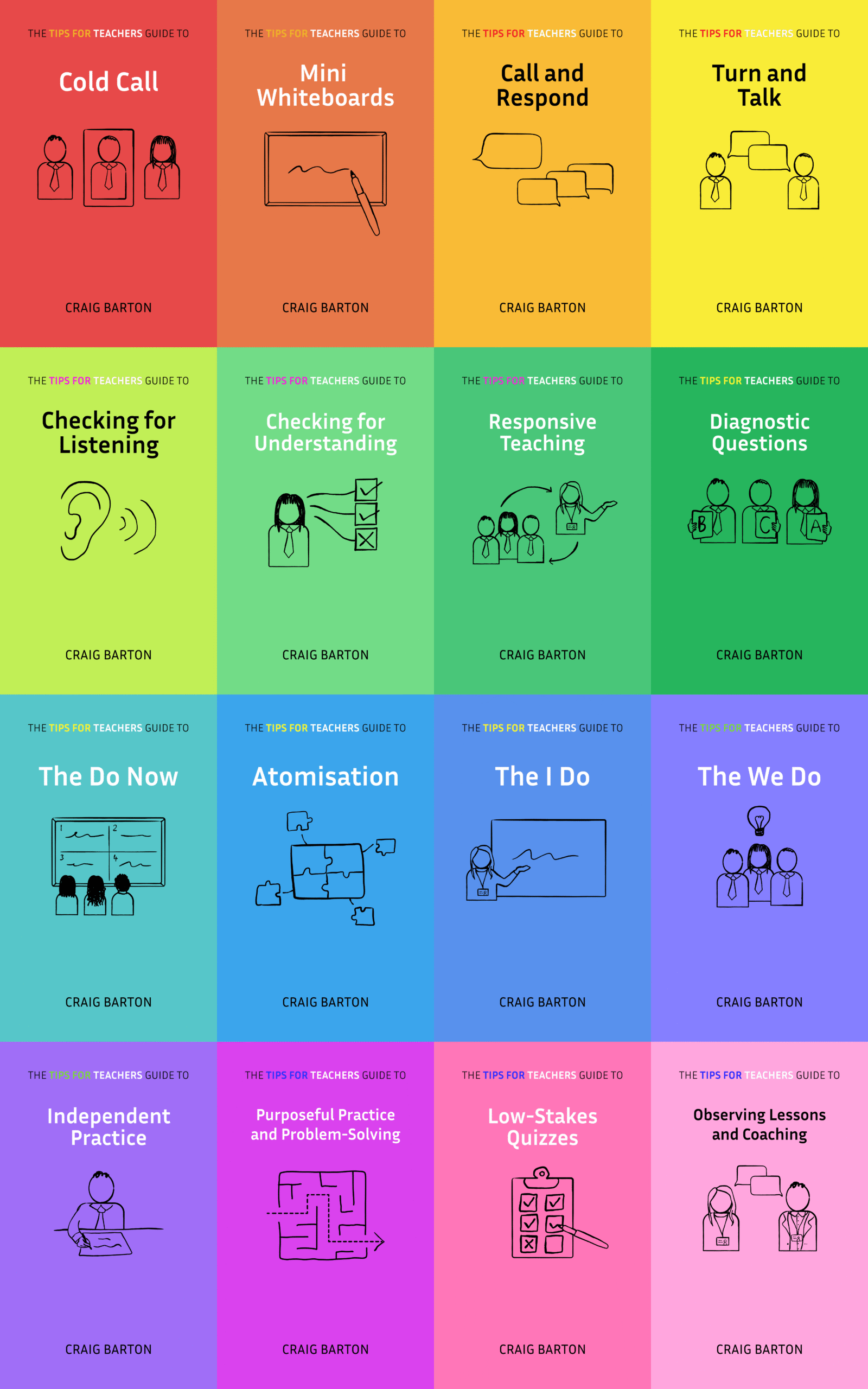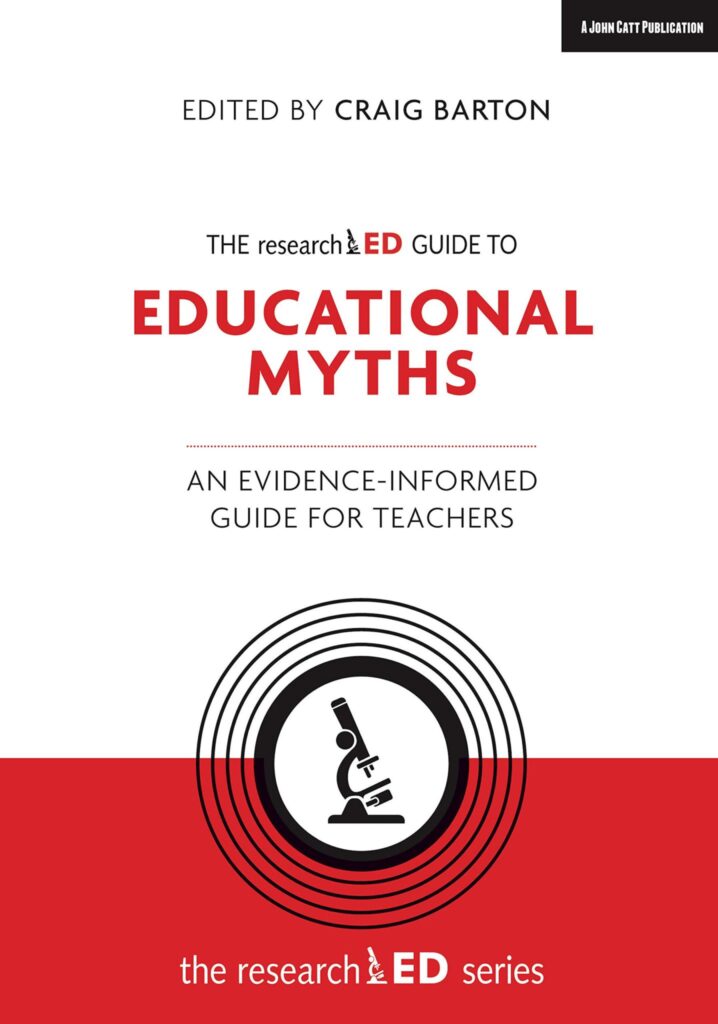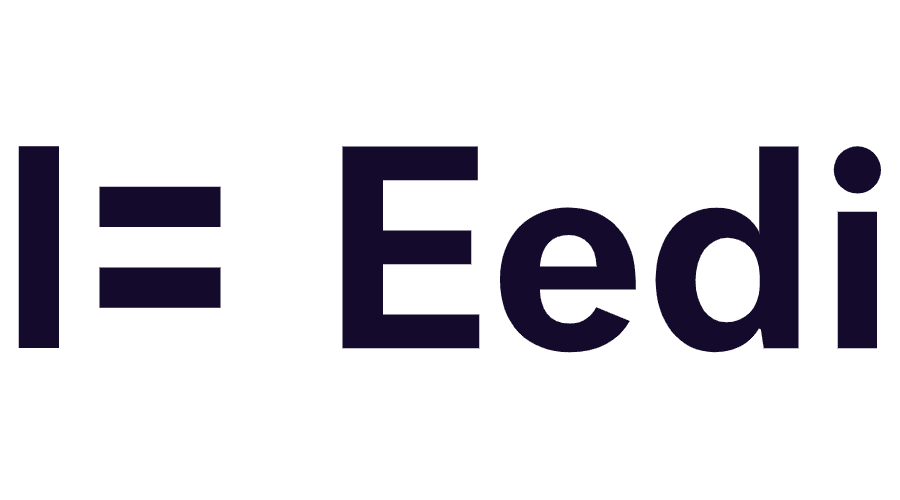Summary
A YouTube video for teachers discusses using Post-it notes to anonymously collect student questions before assessments. The teacher’s method addresses students’ reluctance to publicly admit confusion, fostering a more inclusive learning environment. By analyzing the collected questions, the teacher identifies common misconceptions and tailors instruction accordingly. This approach provides valuable feedback, revealing areas needing further clarification and reassuring students that their concerns are shared. The presenter also addresses concerns about students copying each other’s responses.
What are the implications for teachers?
The sources discuss several implications for teachers who use post-it notes to gather student questions before assessments.
- Reveals student misunderstandings: Using post-it notes helps teachers to identify what students do not understand. This approach is particularly useful in the lead-up to assessments.
- Provides feedback on teaching: By reviewing the post-it notes, teachers gain immediate feedback on areas they need to cover again, as well as misconceptions and topics that were not effectively taught.
- Encourages participation: Unlike asking students directly, using post-it notes encourages all students to share their concerns anonymously. This method circumvents students’ reluctance to ask questions publicly for fear of embarrassment.
- Highlights common concerns: Often, teachers will find patterns in the questions, with students having similar worries and misconceptions. This can be reassuring for students who might otherwise think they are alone in their struggles.
- Offers a range of questions: Teachers can expect a variety of questions, from basic inquiries about the assessment format to more technical questions about specific concepts.
- Replaces ineffective methods: The post-it note method is a replacement for the ineffective practice of asking “Does anybody have any questions?”. Silence from students is not a sign of understanding, and students may not ask questions because they are scared, embarrassed, or unable to articulate what they don’t understand.
- Requires silent, individual work: Students should write their questions on post-it notes individually and in silence at the start of the lesson to ensure they are not influenced by other students.
- Minimizes copying: The format of the post-it note strategy prevents students from simply copying other students’ answers.









